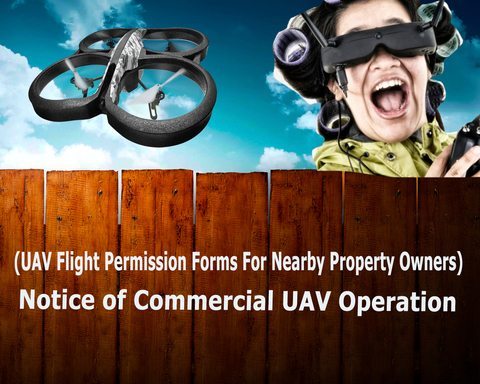The implementation of Part 107 is just weeks away with an anticipated release date of August 29th. Information on what to expect with this implementation is being shared by other professionals in the UAV field. Here are some of the highlights of an On-Demand webinar entitled “Part 107: What You Need to Know”:
- Daisy Chain Operations: A pilot flies a drone a certain distance within his line of sight and then transfers control of the drone to another pilot or a line of observers that are placed along a route to maximize observer or pilot line of sight with the drone.
- Part 107 – Tier 1: Standard aerial photography operations that with no special permissions or waivers required beyond visual line of sight flights.
- Part 107 – Tier 2: Operation requests that require approved waivers under Part 107.
- Part 107 – Tier 3: Operation requests that fall outside of the waiverable areas of Part 107.
- Airspace Access: On August 29th, the FAA is planning to open up a web-based portal for authorization to controlled airspace access. It’s still estimated to take 60 to 90 days for your initial permission to fly in controlled airspace.
- 400 Feet Vertical Structure Airspace Allotment around structures instead of 400 foot requirement from take-off.
- Remote Pilot Airman Certificate: Knowledge Exam required from an FAA approved testing center. Cost is $150. You need to be proficient in English and at least 16 years old at the time of the exam. A TSA background check is also required.
- Part 61 Licensed Pilots: Complete the online training course “Part 107 small Unmanned Aircraft Systems (sUAS) ALC-451” and complete FAA Form 8710-13.
- COAs in Controlled Airspace: FAA online system to open up on or after August 29th implementation date.
- Universities & Educators under Part 107: Universities and educators can use Part 107 to conduct educational operations. Part 107 even specifically talks about the pilot-in-command as not necessarily being the pilot at the control. Therefore, it is possible that you can conduct training using your Part 107 certificate with someone who doesn’t have a certificate.
- Canadian Border Requirements: Safe flight practices is to know exactly where the border is difficult when you are in the air. Both regulatory authorities may cut you some slack, but the bottom line is if you want to operate around the border routinely and be completely safe and legal, it is recommended that you get approval from both sides of the border.
- FAA Part 107 Compliance Policy: It may include warnings, education and/or fines up to $11,000 per incident.
For further details of the above and some additional information which was also provided, please review the transcript below.
If you wish to listen to the entire audio, please click here.

